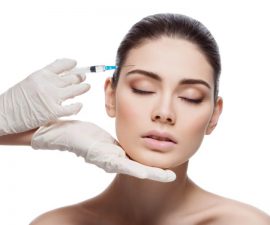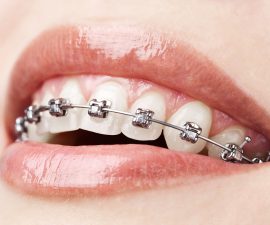Beauty salons and home SPA often make use of cosmetic clays to condition skin. They display various medicinal properties, are suitable for all skin types and are able to produce outstanding outcomes. Which cosmetic clay turns out to be the best for you?
What are clays and how do they work?
Cosmetic clay is kaolinite frequently referred as silicate mineral consisting of macro and micro elements. Among them you can distinguish: calcium, copper, potassium, selenium, zinc, iron and phosphor. Depending on which element prevails in a clay, it takes on a particular colour. Thus we have red, green, white, yellow and blue clays. How each of them work?
- Cleansing – this is what all clays are famous for. They also display antiseptic properties but that’s not all. Clays are absorptive due to its negative charge that attracts impurities charged positively. Face cleansing shouldn’t only be recognized by working externally but also internally. Clay solution is given to relief digestive system disorders.
- Smoothing – this is another advantage of using cosmetic clays. The main task of these products is to exfoliate dead epidermal cells and leave skin smoothed out. For that reason, clays are used in the form of scrubs (fine grains). Such cosmetic can be prepared at home by mixing clays with oils, herbs and herbal distillates.
- Nourishing – cosmetic clays are rich in numerous precious substances. They exhibit nourishing and regenerating properties which translates into improved skin, hair and nail condition. This is why cosmetic clays are used to fight back dandruff, acne and cellulite.
Types of cosmetic clays
Due to various element content, we can distinguish the following types of clays:
- white (porcelain, Chinese) – nourishes, regenerates, soothes and evens out skin tone. It’s recommended to treat sensitive, dry and mature skin types;
- green – cleanses, degreases and balances sebum production. Displays antiseptic properties and accelerates skin healing processes. It should be use to condition mature, oily and acne-prone skin types;
- red – deals with excess of sebum, reinforces walls of blood vessels and aids in combating acne. Recommended for couperose and oily skin types;
- yellow – leaves skin firm and reduces visibility of wrinkles. Fights back acne. Best for oily and mature skin types;
- pink – highlights, soothes skin. Displays astringent properties. Should be used to treat sensitive, allergy, combination and dry skin types;
- blue – absorbs excess of sebum, smooths out and exfoliates dead epidermal cells. Boosts blood flow in capillaries. Supplies skin cells with many nourishing substances. It should be applied to oily and acne skin types. Also, people suffering from psoriasis and eczema can reach for blue clay.




Leave a Reply